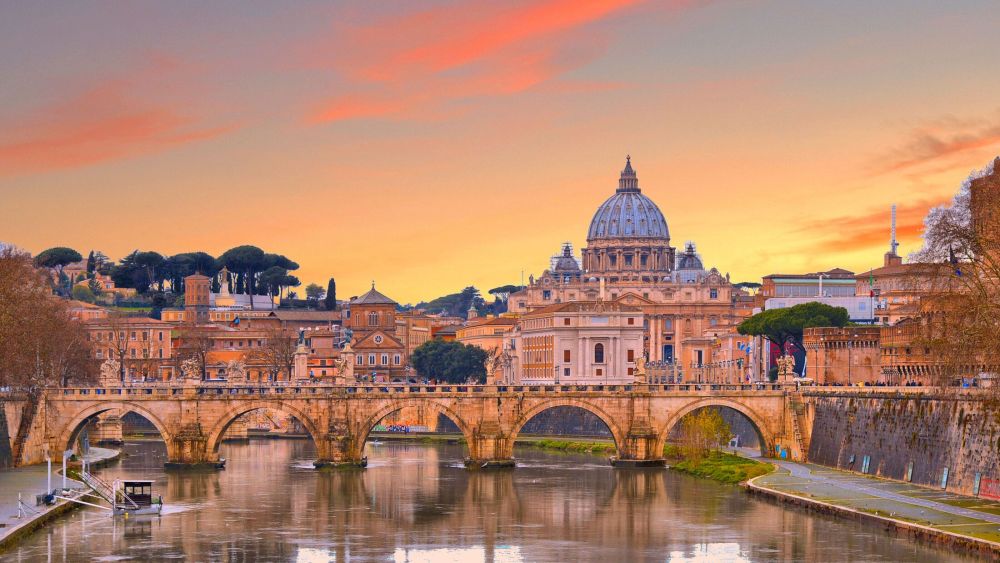

The history of tourism in Rome can be traced back to ancient times when the city was the capital of the Roman Empire. During this period, the city was a major destination for traders, political figures, and those undertaking religious pilgrimages. However, the concept of tourism as we understand it today began to take shape during the Renaissance, when the city's artistic and architectural heritage began attracting visitors from across Europe.
The Grand Tour, a pivotal cultural experience for Europe's upper classes from the 17th until the early 19th century, solidified Rome's status as a key tourist destination. Young men and women traveled to Rome to explore the roots of Western civilization, marvel at the ancient ruins, and admire the Renaissance and Baroque art.
With the advent of industrialization and the development of the railway, tourism in Rome became more accessible to the middle classes in the 19th century. The establishment of the Italian state in 1870, with Rome as its capital, brought further growth and infrastructure development, promoting easier access for visitors.
After the World Wars, Rome underwent significant reconstruction and modernization which further boosted its appeal as a tourist spot. The 1960 Summer Olympics in Rome placed it firmly on the global stage, showcasing its blend of historical splendor with modern dynamism.
In recent years, Rome has continued to evolve as a tourist destination. With the advent of budget airlines and the rise of online accommodation platforms such as Airbnb, tourism in Rome has become more diversified and accessible. The trend of experiential travel has also taken root, with tourists seeking to immerse themselves in local culture through food tours, cooking classes, and guided neighborhood walks.
Another modern trend that has influenced tourism in Rome is sustainable travel. There is an increasing awareness and effort to preserve Rome's incredible history and reduce the environmental impact of tourism. Efforts include limiting tourist numbers in certain areas, promoting off-season travel, and supporting local artisanal businesses.
Digital technology has also played a transformative role. Virtual reality experiences now allow visitors to see Rome's sites, such as the Colosseum or the Roman Forum, as they once were. Social media continues to influence travel decisions, with Rome's iconic locations often featured on platforms like Instagram, inspiring new generations of travelers.
Moreover, Rome's government and tourism boards have been adapting to these trends by investing in digital tourism infrastructure, creating apps and online resources to enhance the tourist experience, and managing tourist flows to ensure both preservation of the sites and the quality of the visitor experience.
Moving forward, the city aims to balance catering to tourists while maintaining the integrity and beauty of its historical heritage. Emphasizing responsible tourism and preserving Rome's timeless appeal, ensuring that it remains a beloved destination for generations to come, is a priority. With an eye towards sustainable development, the future of tourism in Rome looks to continue intertwining the ancient with the innovative.